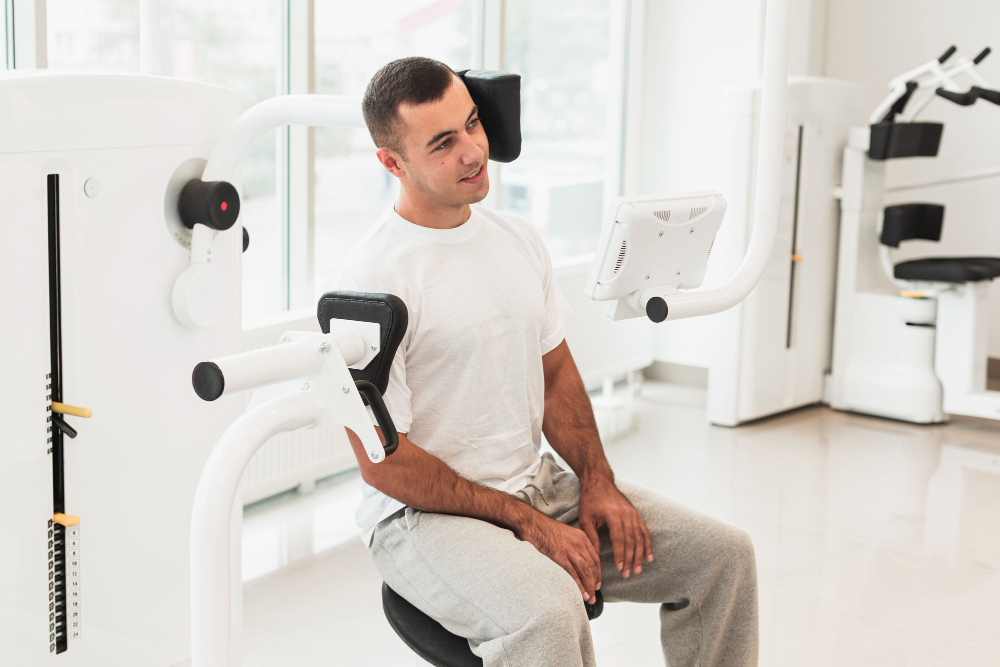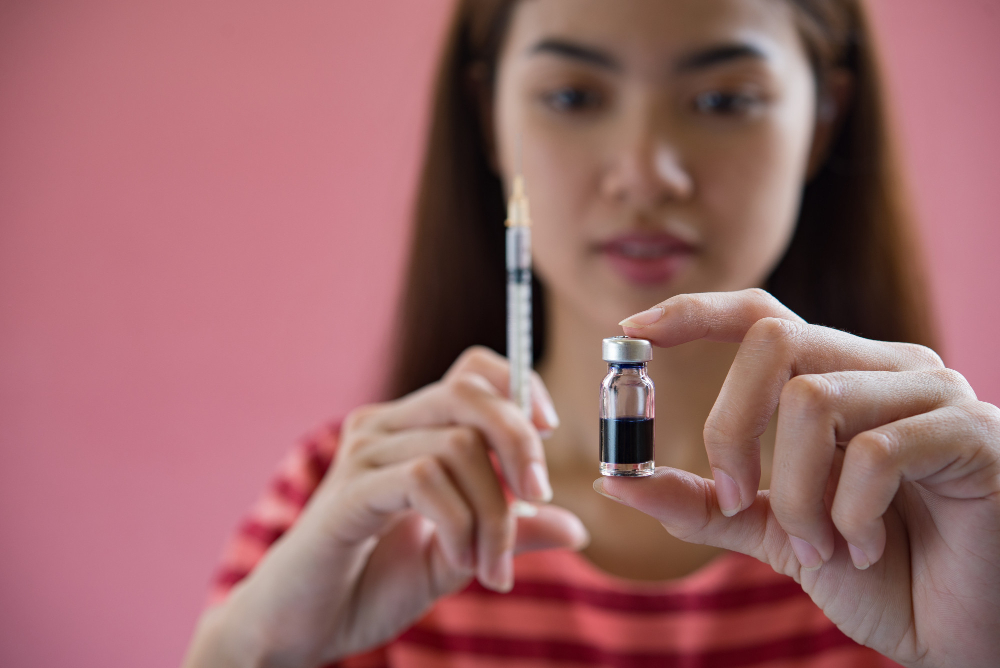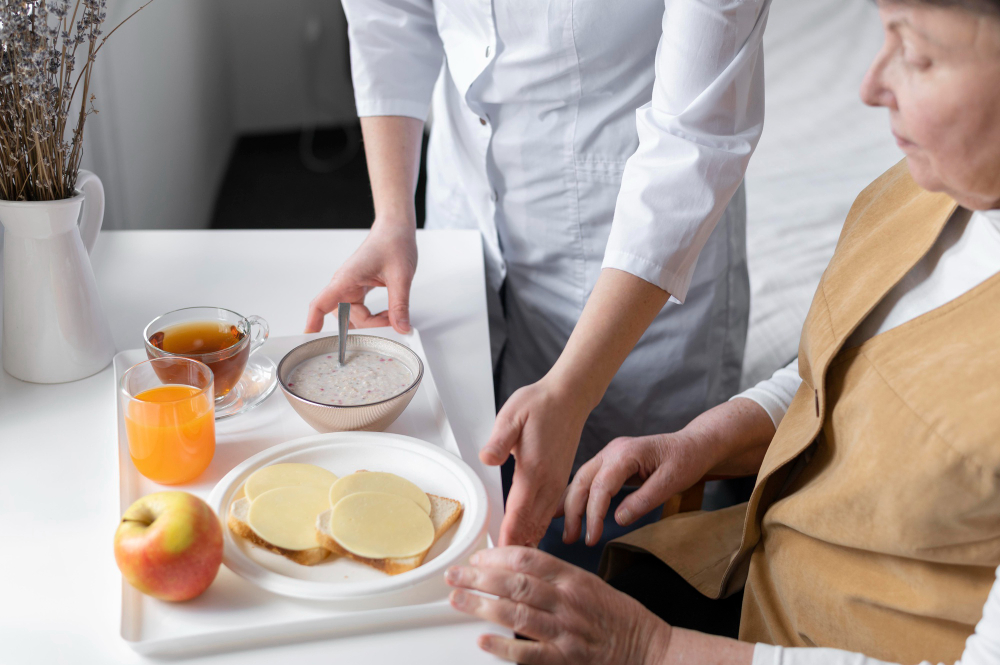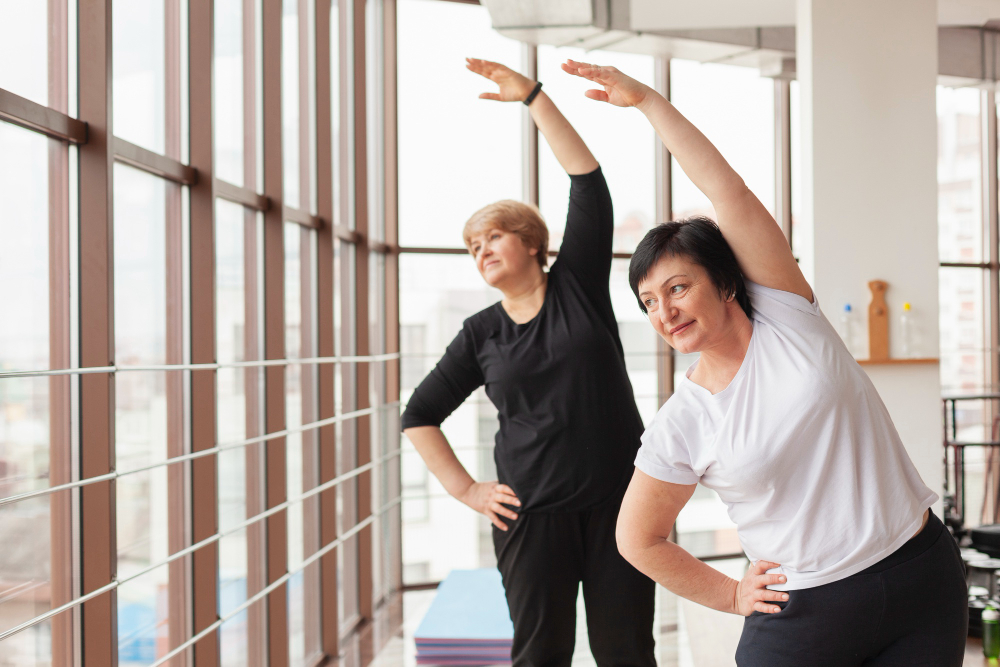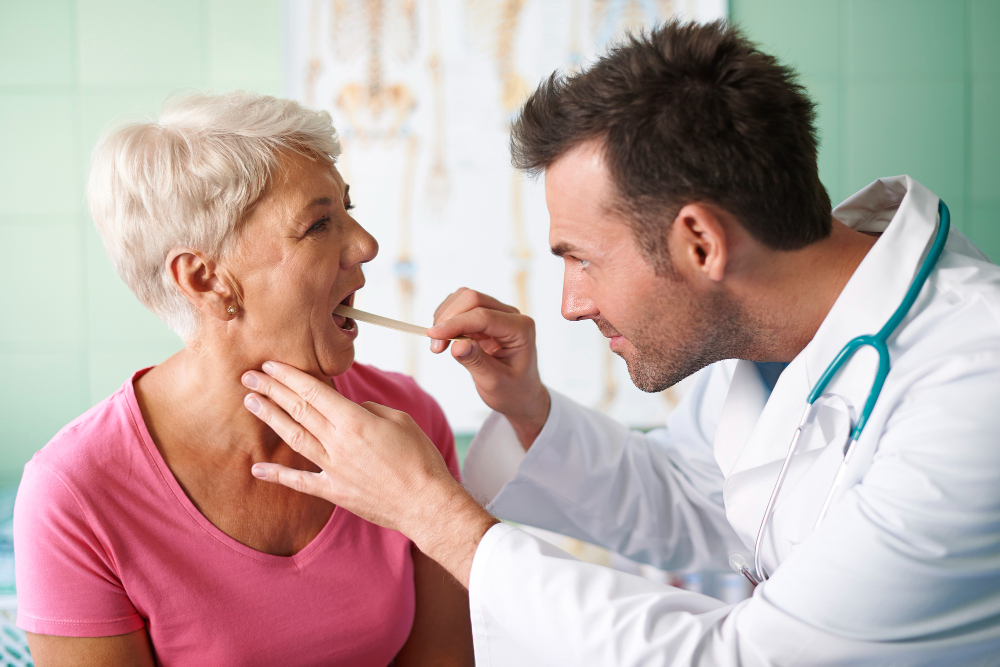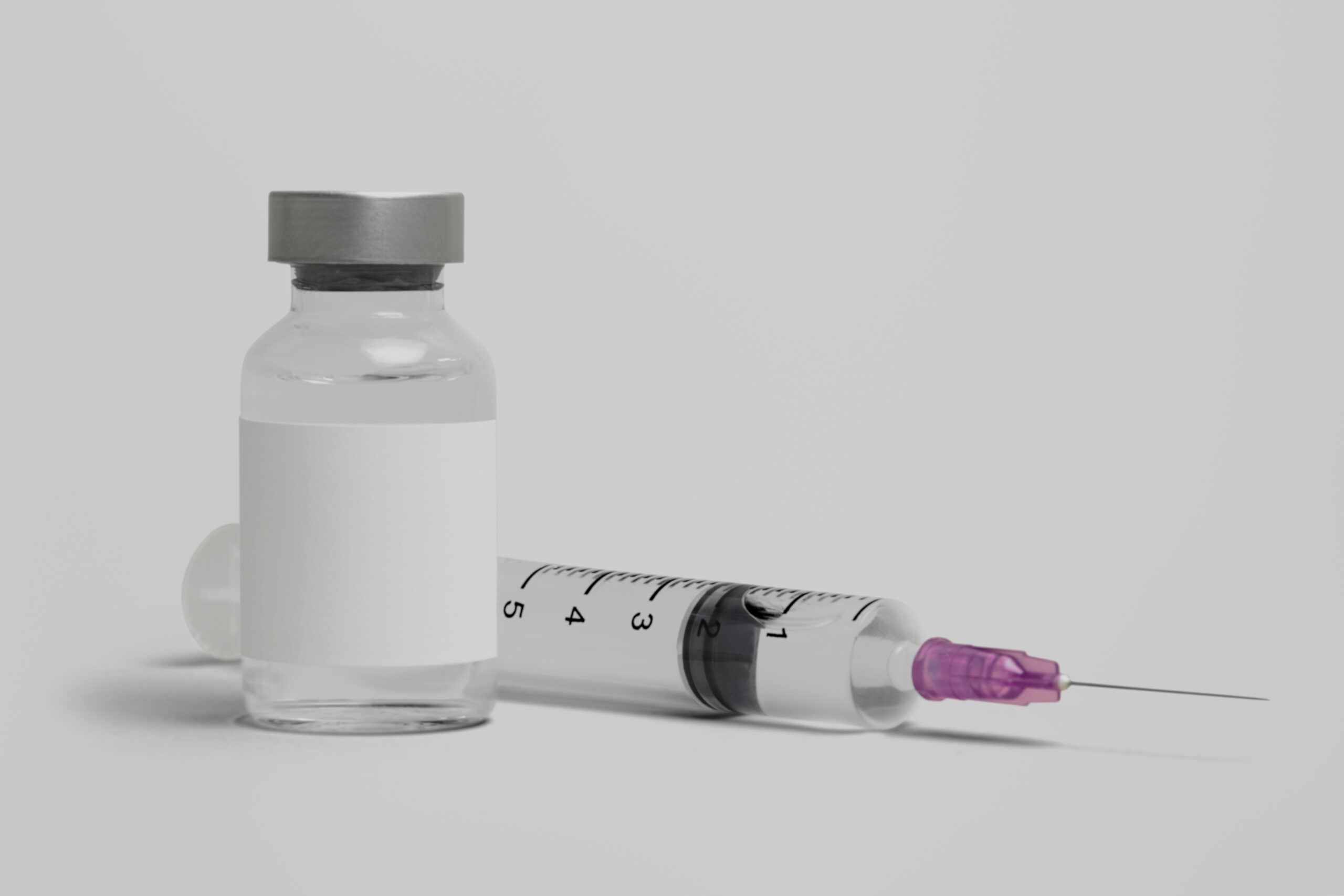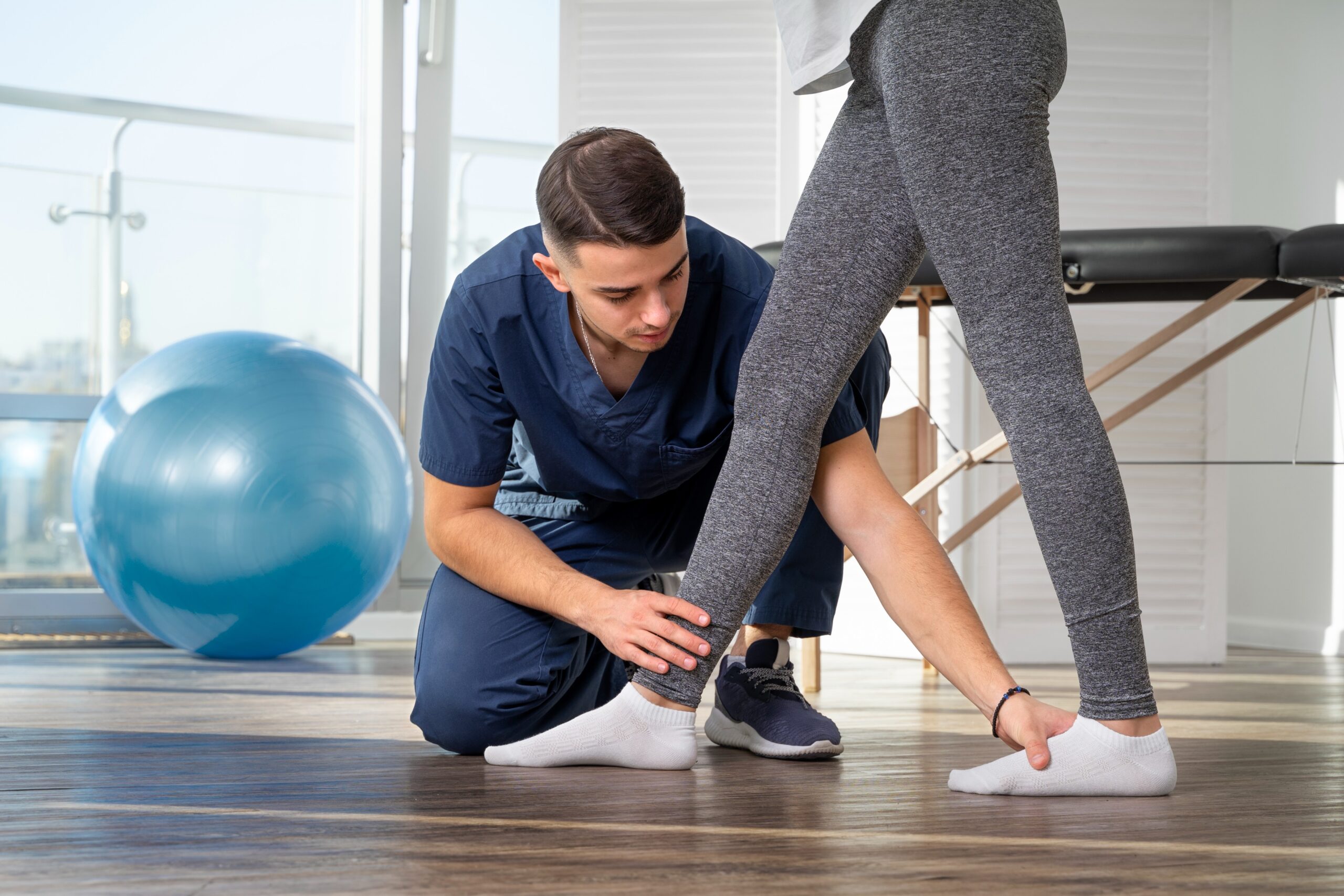
Last updated on by MRC
In the field of neuro-rehabilitation, innovation is moving faster than ever before—and one of the most transformative advances in recent years is robotic gait training. For patients recovering from stroke, spinal cord injuries, or neurological disorders, walking again may seem like a distant dream. But thanks to robot-assisted rehabilitation, that dream is increasingly becoming a reality.
Gait training is a type of physical therapy aimed at improving one’s ability to walk. It focuses on posture, balance, muscle strength, and joint coordination—all critical for regaining independent movement. Traditionally, gait and balance physical therapy involved manual assistance from therapists. However, these conventional methods can be physically demanding and less precise, especially for patients with severe mobility issues.
This is where robotic intervention is changing the game.
Robotic gait training utilizes advanced wearable robots or exoskeletons to guide patients through natural walking patterns. These machines support the body and stimulate proper muscle movement, even when patients have limited control over their limbs. Sensors monitor real-time progress, allowing therapists to customize therapy based on patient needs.
Some of the key benefits include:
Robot-assisted devices are programmed to mimic natural walking cycles. The machine supports a portion of the patient’s body weight while controlling hip and knee joint movements. This helps patients relearn walking patterns with more efficiency and safety than manual therapy alone.
Advanced systems also include:
By creating a controlled and repeatable environment, robotic devices enable patients to make faster and more consistent progress in their gait rehabilitation journey.
Robot-assisted gait and balance physical therapy is ideal for individuals affected by:
These patients often face significant motor impairments that make traditional rehab difficult. With robotic gait training, even patients with severe movement limitations can begin therapy earlier and with greater safety.
The future of gait rehabilitation lies in the integration of robotics, AI, and personalized data. As technology becomes more accessible and cost-effective, more clinics and hospitals are incorporating robot-assisted rehabilitation into their neuro-rehabilitation programs.
Clinical studies show that robotic therapy can lead to:
It’s not just about walking again—it’s about restoring confidence, independence, and quality of life.
At Medical Rehabilitation Center (MRC), we believe recovery should be both compassionate and cutting-edge. That’s why we are proud to offer robotic gait training as part of our comprehensive neuro-rehabilitation services. Our team of experts combines advanced robotic technology with individualized care to support patients every step of the way—from the first assisted step to walking independently again.
If you or a loved one is facing mobility challenges after a neurological event, don’t wait. Let MRC’s expert team and state-of-the-art gait rehabilitation solutions guide you toward a stronger, more confident tomorrow.
